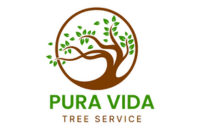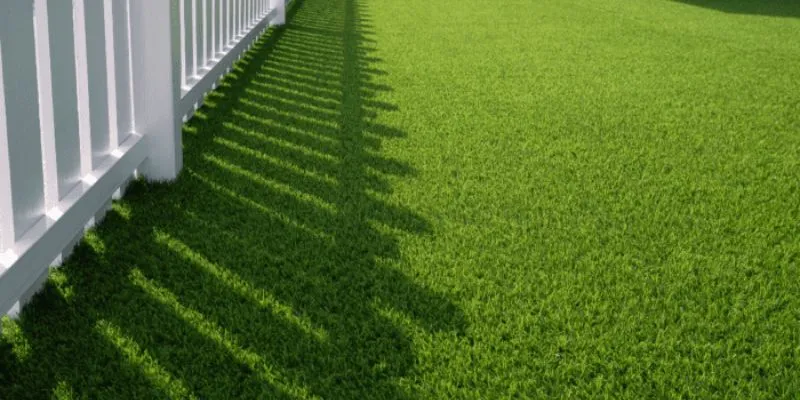As homeowners seek to enhance their outdoor spaces, synthetic turf has become a popular choice for its low maintenance and year-round greenery. However, many wonder if synthetic turf and trees can coexist harmoniously. This article explores the dynamics between trees and synthetic turf and offers practical solutions for maintaining a healthy balance.
The Benefits of Synthetic Turf
Synthetic turf offers several advantages that make it appealing for homeowners. It requires low maintenance, eliminating the need for watering, mowing, or fertilizing. Its durability allows it to withstand heavy use and extreme weather conditions, providing a lush, green look all year round. Synthetic turf is also an eco-friendly option, reducing the need for pesticides and herbicides.
The Challenges of Combining Trees and Synthetic Turf
While synthetic turf has many benefits, integrating it with existing trees can present challenges. Tree roots need air, water, and nutrients, which can be restricted by synthetic turf. Trees also require regular watering, which might be hindered by the turf. Additionally, organic matter decomposition, which provides nutrients to trees, can be interrupted by synthetic turf. These challenges can lead to tree stress and poor health if not managed properly.
Practical Solutions for Harmony
Here are some strategies to ensure both synthetic turf and trees thrive together.
Proper Installation
Proper installation is crucial to ensure both the turf and trees remain healthy. Installing root barriers can protect tree roots and prevent them from damaging the turf. These barriers help direct root growth downward, away from the turf surface. Using drip irrigation systems ensures water reaches the tree roots directly. Drip irrigation is efficient and minimizes water waste by delivering water slowly and directly to the root zone. Also, ensuring the turf allows for proper air circulation to the roots is essential. Perforated turf or turf with adequate drainage systems can help maintain airflow and prevent root suffocation.
Selecting the Right Trees
Choosing the right tree species can make a significant difference. Opt for trees with deep root systems that are less likely to be affected by the turf. Deep-rooted trees can access water and nutrients from deeper soil layers, reducing competition with the turf. Selecting drought-tolerant trees that require less water can make it easier to balance their needs with the turf. Drought-tolerant species are more resilient and require less frequent watering, making them ideal companions for synthetic turf.
Maintaining the Balance
Regular maintenance ensures a healthy coexistence between trees and synthetic turf. Regularly check for signs of stress or poor health in trees, such as wilting, discoloration, or stunted growth. Adjust irrigation schedules based on seasonal needs and tree requirements. During dry periods, increase watering frequency to support tree health. Use appropriate fertilizers to support tree growth without affecting the turf. Organic or slow-release fertilizers are less likely to cause nutrient imbalances.
Table: Key Considerations for Trees and Synthetic Turf
| Considerations | Trees | Synthetic Turf |
| Watering Needs | Regular | Minimal |
| Root Systems | Deep | Surface |
| Maintenance | Moderate | Low |
Case Study: Successful Integration
A local Houston homeowner faced challenges integrating synthetic turf with mature oak trees. By consulting with Pura Vida Tree Service, they implemented the following strategies:
- Installed root barriers to protect the turf.
- Used a drip irrigation system for targeted watering.
- Chose drought-tolerant tree species for new plantings.
After a year, both the trees and synthetic turf thrived, demonstrating that careful planning and maintenance can achieve a harmonious balance.
FAQ
- Can synthetic turf damage tree roots?
Synthetic turf can restrict water and air access to tree roots, potentially causing damage. Proper installation and maintenance, such as using root barriers and ensuring proper aeration, can mitigate this risk.
- How can I water trees with synthetic turf installed?
Using drip irrigation systems is an effective way to water trees without compromising the turf. This method delivers water directly to the tree roots, ensuring they receive adequate moisture.
- Are there specific tree species that work well with synthetic turf?
Yes, deep-rooted and drought-tolerant trees are better suited for areas with synthetic turf. These trees are less likely to suffer from restricted water and nutrient access.
- What maintenance is required to keep both trees and synthetic turf healthy?
Regularly monitor tree health, adjust watering schedules, and ensure proper aeration and fertilization. This approach will help maintain a balance between the needs of the trees and the turf.
- How do I know if my tree is stressed?
Look for signs such as wilting leaves, yellowing or browning foliage, and reduced growth. Regularly inspecting your trees can help identify issues early.
Conclusion
Achieving harmony between synthetic turf and trees is possible with careful planning and maintenance. By selecting the right trees, installing turf properly, and ensuring regular care, homeowners can enjoy the benefits of both. At Pura Vida Tree Service, we are experts in creating and maintaining beautiful, balanced landscapes. Contact us for personalized advice and services to enhance your outdoor space.
For more tips and expert advice, reach out to Pura Vida Tree Service in Houston, TX. We are committed to helping you achieve a beautiful and sustainable landscape.


